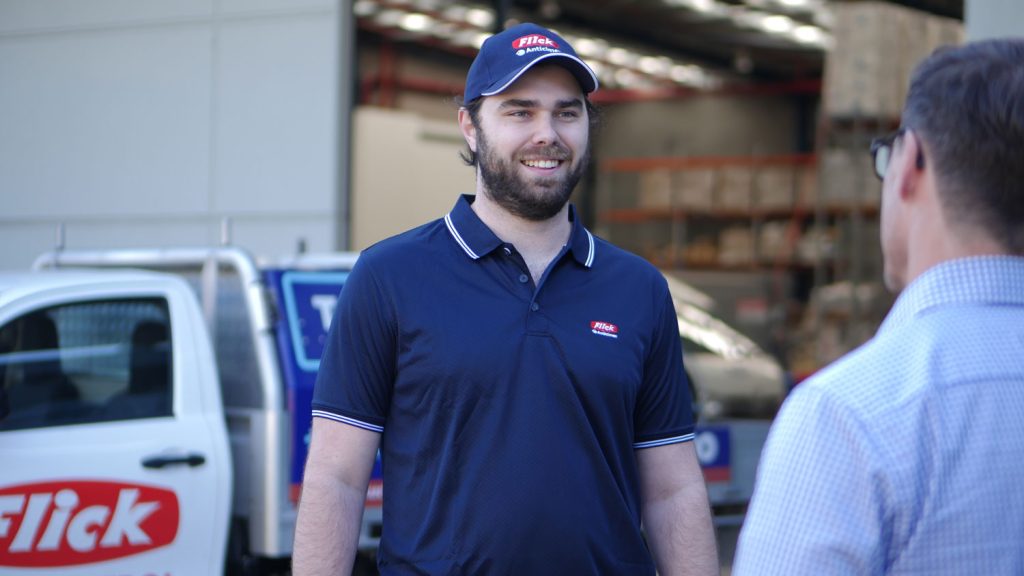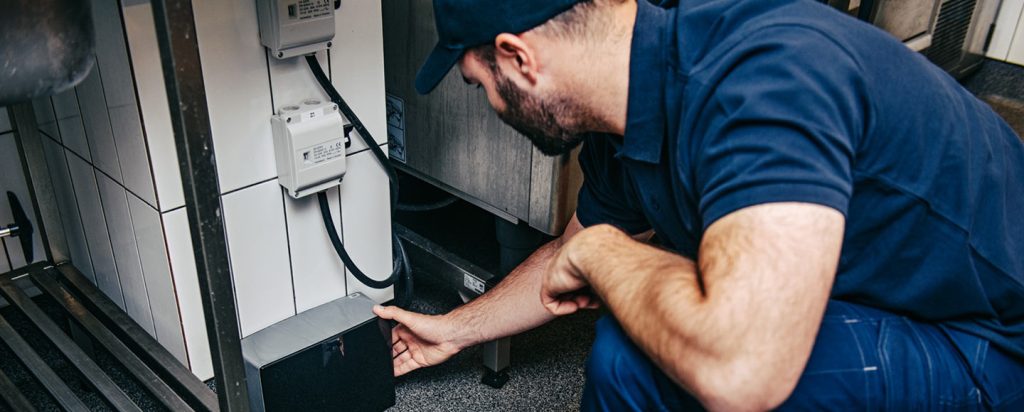




Constant training ensures that our highly trained technicians always have the most up-to-date information. As a result, they are up-to-date on the best, most eco-friendly methods available. Furthermore, we have access to specialised tools and materials that are reserved for licenced exterminators.
Ants are not only an eyesore, but also a danger to humans and property. Termites can cause food spoilage and damage to structures, wiring, and attics. Although they do not spread illness, they may spread dirt and other unsanitary materials. They also have the ability to bite! Since they tend to nest in huge groups, an infestation can rapidly worsen.
As cold blooded creatures, ants really appreciate any source of heat. In general, ant populations flourish in hotter, more humid regions, or during the colder months, ants will seek shelter indoors. But they’re really just looking around for food and supplies! Infestation hotspots in the home include the kitchen and bathrooms.
Until you actually see them, you might not know there is an infestation. Tiny ants hide in cracks and crevices until they’re hungry or thirsty, at which point they emerge to forage. Multiple points of entry need to be sealed in your home. With our treatment, they will be gone for good.
Ants seek to areas that are warm and damp. That’s why they spend so much time there. Ants are attracted to the scent of honeydew and sugar, so it’s important to clean up any spills of water or juice very once. Keep perishables in the fridge and use airtight containers or seal bags.